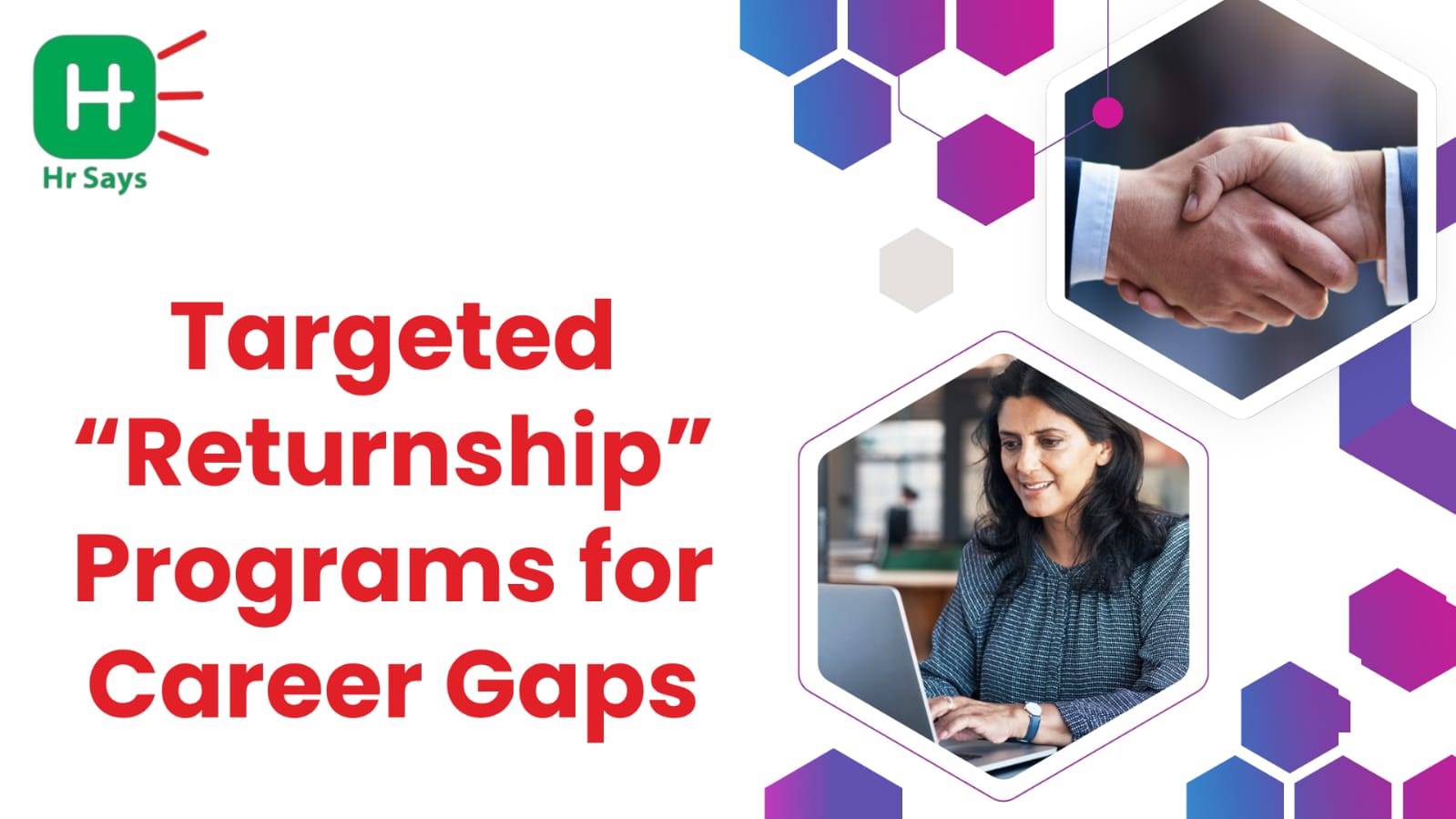Ever tried stepping back into the workforce after years away? It’s harder than it sounds. The job market doesn’t wait. Skills shift. Titles change. Networks fade. But now, “returnships” are offering a second way in.
The Story Behind the Gaps
Career gaps aren’t rare. They happen for many reasons—
● Caregiving
● Health
● Relocation
● Burnout
● Layoffs
But gaps are still misunderstood. They often raise quiet red flags in hiring rooms. "Out of touch." "Too old." "Won’t adjust fast." None of these may be true, but the bias stays.
Returnship programs are trying to change that. They’re not charity. They’re bridges.
How Returnships Work
Think of a returnship like an internship—but for experienced people. Usually 12 to 16 weeks. Designed for people with a gap of 1+ years. They offer:
● Paid, structured roles
● Real projects, not just shadowing
● Training and mentorship
● A chance to prove current relevance
At the end, some are offered full-time jobs. Others leave with updated resumes, confidence, and fresh networks.
It’s not just for mothers. More men are applying. So are former entrepreneurs, retirees, and
those affected by long-term illness.
Where It Falls Short
Not every program works well. Some feel like token efforts. Too few roles. Too low pay. Too little
guidance.
Common challenges:
● Feeling underestimated
● Being placed in junior roles
● Lack of clear path to full-time conversion
● Cultural gaps with younger peers
Also, returnships can’t fix everything. They can’t erase bias overnight. They don’t replace
inclusive hiring. They don’t work if managers still judge resumes by “gaps.”
Why It Still Matters
Because second chances matter. And not every skill fades with time. In fact, some returnees
bring more emotional intelligence, resilience, and focus than they ever had before.
When done right, returnships offer:
● A safer re-entry
● A time-bound runway
● Proof of value, not just potential
For companies, it's low-risk, high-return hiring. For talent, it’s a door that would otherwise stay
closed.
Conclusion
Returnships aren’t magic. They’re not the full solution. But they are a start—a handshake
extended to those who paused, but didn’t stop.
And in a market that’s always changing, a second start is sometimes the one that matters most.

 Career breaks happen. Returnships are helping professionals come back—but not all returns are smooth. These systems provide order, and are they the solutions to the underlying issues? So what is working, not working and what still has to happen?
Career breaks happen. Returnships are helping professionals come back—but not all returns are smooth. These systems provide order, and are they the solutions to the underlying issues? So what is working, not working and what still has to happen?












.jpeg)












.jpeg)